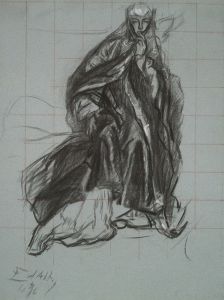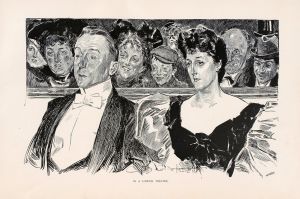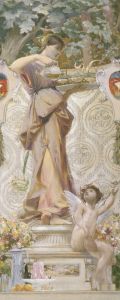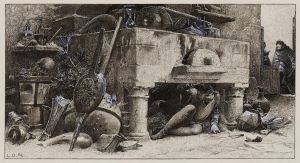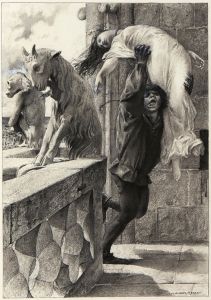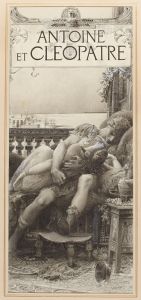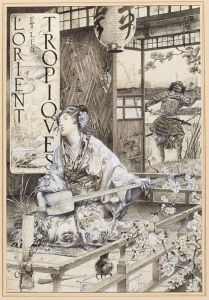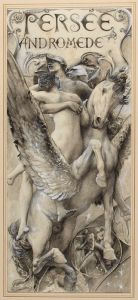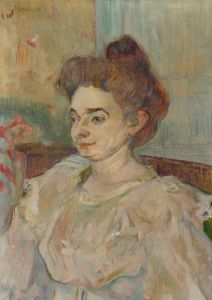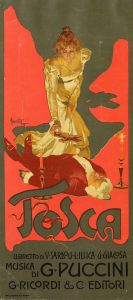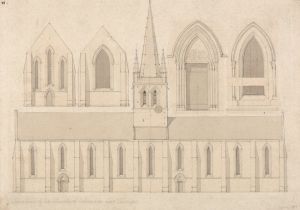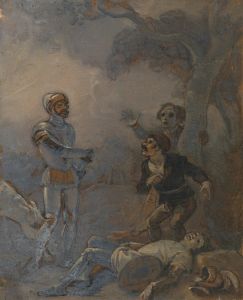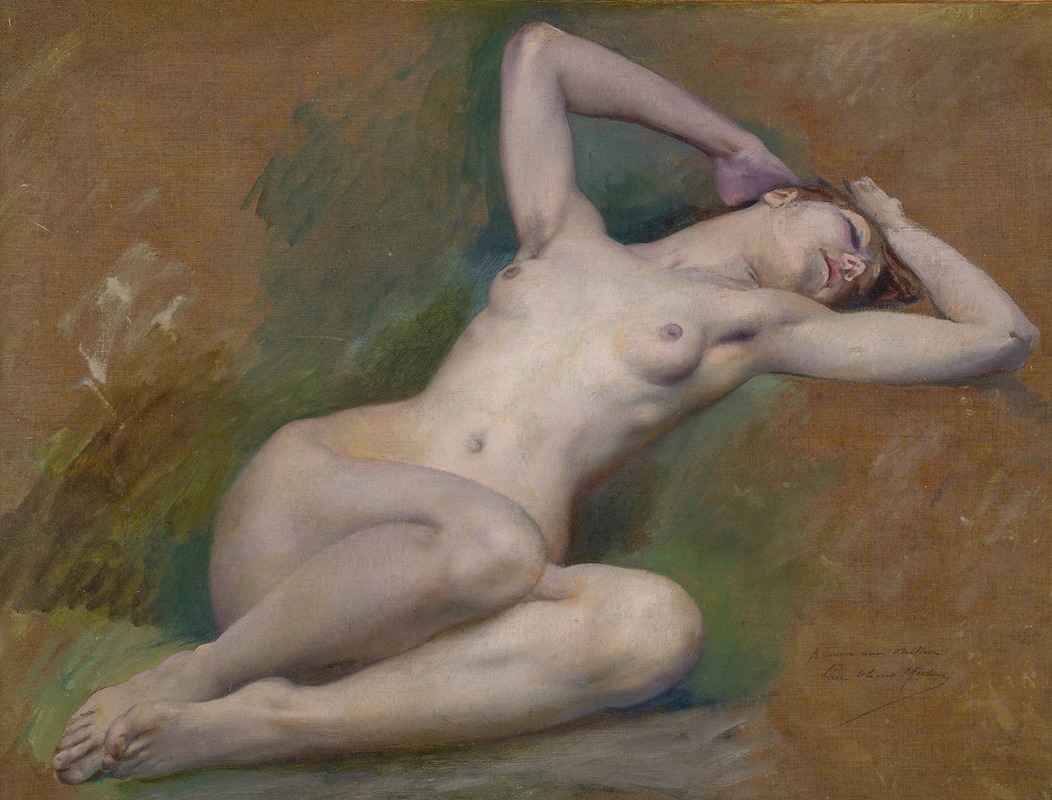
Study For The Figure Of ‘spring’ At L’opéra Comique, Paris
A hand-painted replica of Luc-Olivier Merson’s masterpiece Study For The Figure Of ‘spring’ At L’opéra Comique, Paris, meticulously crafted by professional artists to capture the true essence of the original. Each piece is created with museum-quality canvas and rare mineral pigments, carefully painted by experienced artists with delicate brushstrokes and rich, layered colors to perfectly recreate the texture of the original artwork. Unlike machine-printed reproductions, this hand-painted version brings the painting to life, infused with the artist’s emotions and skill in every stroke. Whether for personal collection or home decoration, it instantly elevates the artistic atmosphere of any space.
Luc-Olivier Merson was a notable French painter and illustrator, recognized for his contributions to the Symbolist movement in art. Born in Paris in 1846, Merson was trained at the École des Beaux-Arts under the tutelage of Gustave Chassevent-Bacques and Isidore Pils. His work is characterized by its meticulous detail and often allegorical themes, which reflect the broader Symbolist interest in mythology, religion, and the human condition.
One of Merson's notable works is "Study For The Figure Of ‘Spring’ At L’opéra Comique, Paris." This piece is a preparatory study for a larger work intended for the Opéra-Comique, a prominent opera house in Paris known for its rich history and contribution to French musical culture. The Opéra-Comique has been a significant venue since its establishment in the early 18th century, hosting numerous premieres and fostering the careers of many composers and artists.
Merson's study for "Spring" is part of a series of allegorical representations, likely intended to adorn the interior of the Opéra-Comique. Allegorical figures such as "Spring" are common in Merson's oeuvre, where he often imbued his subjects with a sense of narrative and symbolism. These figures typically draw from classical mythology and literature, embodying abstract concepts through human form.
The study itself would have been a detailed drawing or painting, serving as a preliminary exploration of composition, form, and color. Such studies are crucial in the artistic process, allowing the artist to experiment and refine their ideas before executing the final piece. Merson's attention to detail and his ability to convey emotion and narrative through his figures would have been evident even in these preparatory works.
Merson's work for the Opéra-Comique would have contributed to the rich visual and cultural tapestry of the venue, enhancing the experience of its patrons through the integration of visual art and performance. The use of allegorical figures like "Spring" would have resonated with contemporary audiences, who were familiar with such motifs and appreciated the layers of meaning they conveyed.
Throughout his career, Merson received numerous accolades, including the prestigious Prix de Rome in 1869, which allowed him to study in Italy and further develop his artistic style. His contributions to art extended beyond painting; he was also a prolific illustrator, contributing to various publications and projects.
In summary, "Study For The Figure Of ‘Spring’ At L’opéra Comique, Paris" by Luc-Olivier Merson represents a significant aspect of his artistic practice, reflecting his skill in allegorical representation and his role in enriching the cultural landscape of Parisian institutions like the Opéra-Comique. Merson's legacy is marked by his ability to blend narrative, symbolism, and meticulous craftsmanship, making him a distinguished figure in the history of French art.





